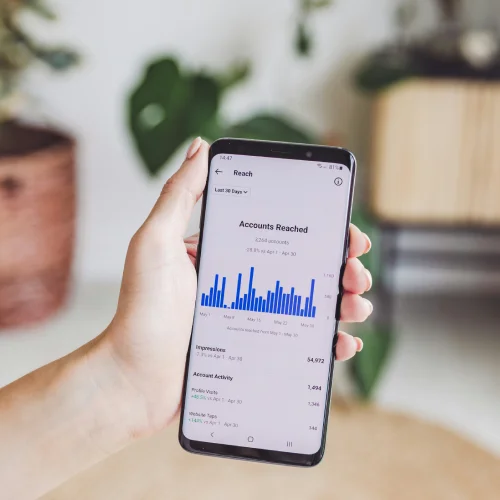Understanding the difference between Google Ads and Google AdSense is crucial for anyone involved in online advertising and monetization. Both products, offered by Google, serve distinct purposes and cater to different users. Here’s an in-depth look at their functionalities and differences.
Google Ads: The Advertising Platform
Overview
Google Ads, formerly known as Google AdWords, is Google’s online advertising platform. Advertisers pay to display ads across Google’s network, including search results, YouTube, and the Google Display Network.
Purpose
Google Ads aims to help businesses reach potential customers and drive traffic to their websites. Advertisers create campaigns targeting specific keywords related to their products or services.
3. Ad Formats
- Search Ads: Appear on Google’s search engine results pages (SERPs).
- Display Ads: Banner ads shown on websites in the Google Display Network.
- Video Ads: Shown on YouTube.
- Shopping Ads: Showcase products directly in search results.
- App Promotion Ads: Drive app downloads across Google platforms.
4. Targeting Options:
Google Ads offers robust targeting options, including demographics, geographic locations, interests, and behaviors, ensuring ads reach the most relevant audiences.
5. Pricing Model:
Google Ads primarily operates on a pay-per-click (PPC) model, but other models like cost-per-thousand impressions (CPM) and cost-per-acquisition (CPA) are also available.
6. Benefits:
- Measurable Results: Track ad performance in real-time.
- Scalability: Scale campaigns based on budget and performance.
- Flexibility: A variety of ad formats and targeting options.
7. Who Should Use It:
Businesses of all sizes aiming to drive traffic, increase sales, generate leads, or build brand awareness.
Google AdSense: The Monetization Platform

1. Overview:
Google AdSense allows website owners and publishers to monetize their content by displaying ads relevant to their site’s content.
2. Purpose:
AdSense helps website owners earn revenue by placing ads on their sites, with Google matching ads to the website content.
3. Ad Formats:
- Text Ads: Simple text-based ads.
- Display Ads: Image-based ads.
- Rich Media Ads: Interactive ads with video and audio.
- Link Units: Ads providing a list of relevant topics.
- Responsive Ads: Ads that adjust to different screen sizes.
4. Implementation:
Publishers sign up for AdSense, get approved, and place ad code snippets on their websites. Google manages ad placement and optimization.
5. Revenue Model:
Publishers earn money each time a user clicks on an ad (CPC model) or views the ad (CPM model), with Google taking a percentage of the revenue.
6. Benefits:
- Easy to Use: Minimal technical skills required.
- Passive Income: Earn revenue without active involvement.
- Ad Variety: Various ad formats to fit different website designs.
7. Who Should Use It:
Bloggers, website owners, and online publishers looking to monetize content without directly selling ad space.
Key Differences Between Google Ads and Google AdSense
1. User Base:
- Google Ads: For advertisers and businesses promoting products or services.
- Google AdSense: For publishers and website owners monetizing content.
2. Revenue Flow:
- Google Ads: Advertisers pay Google to run ads.
- Google AdSense: Google pays publishers a share of ad revenue.
3. Control and Flexibility:
- Google Ads: Advertisers control campaigns, budgets, and targeting.
- Google AdSense: Publishers have limited control over specific ads but can block certain categories or advertisers.
4. Purpose:
- Google Ads: Generates traffic, leads, and sales.
- Google AdSense: Generates revenue for content creators.
5. Setup and Maintenance:
- Google Ads: Requires ongoing management and optimization.
- Google AdSense: Initial setup with occasional maintenance.
Conclusion
Google Ads and Google AdSense serve different but complementary roles in digital advertising. Google Ads is a powerful tool for advertisers to reach targeted audiences, while Google AdSense offers a straightforward way for publishers to monetize content. Understanding their differences and benefits can help businesses and individuals maximize their online presence and revenue potential.
Discover the power of precision with LadiTech’s Google Ads services (ppc advertising). Boost your online presence and drive targeted traffic to your business with our expertly crafted campaigns. Whether you’re aiming to increase sales, enhance brand visibility, or engage your audience more effectively, our team harnesses the full potential of Google Ads to deliver measurable results. From strategic keyword targeting to compelling ad copy and meticulous campaign management, LadiTech ensures your ads reach the right audience at the right time. Elevate your digital marketing efforts with LadiTech’s Google Ads services and experience unparalleled growth in your online business.
Sources:









